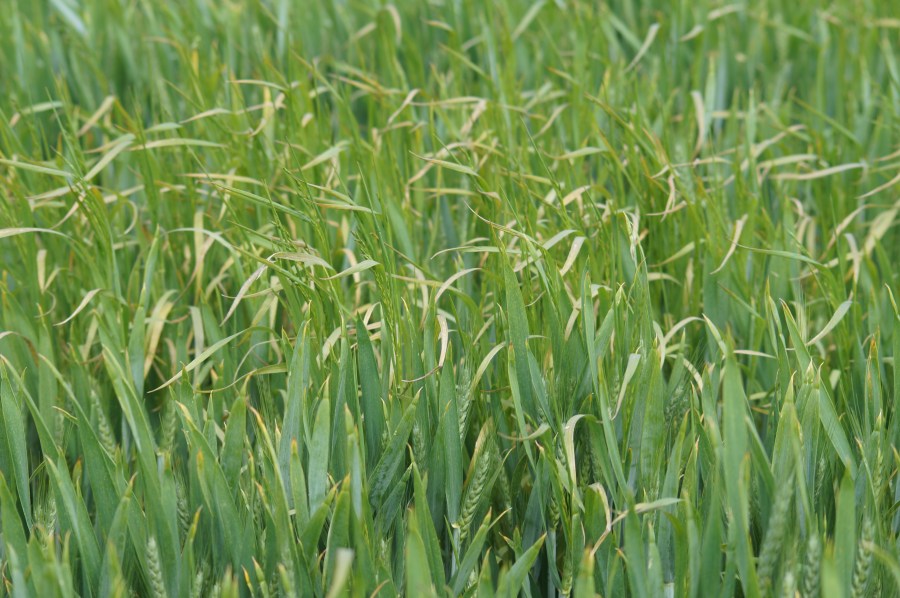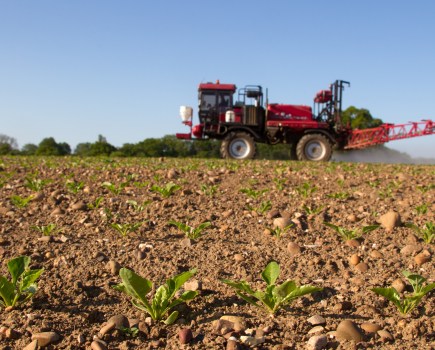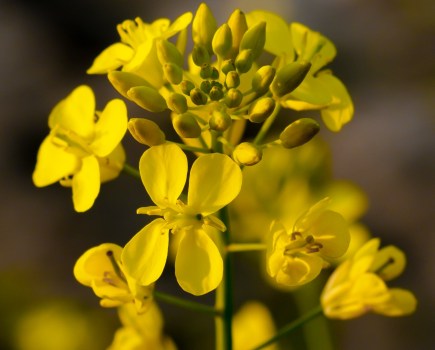Hundreds of farmers, contractors and agronomists have indicated that brome is a growing threat in the battle against grassweeds in UK arable fields.
New survey data suggests that 80% of respondents have populations on their farms with the vast majority estimating it to be infesting up to 25% of their winter wheat area in 2023.
Cultural control methods such as rotational planning, delayed drilling and ploughing are being deployed on every farm involved in the research, and the brome problem has been shown to exist in all the main wheat-growing regions of England, Scotland, Wales and Northern Ireland.
Valuable insight
The survey was conducted by Corteva Agriscience. Cereal herbicides category manager Alister McRobbie says the work provides clarity on how widespread brome issues are and the various approaches being taken to reduce populations.
“Blackgrass is usually the grassweed which gets the most attention for understandable reasons, but brome has a similar potential to steal yield so can’t be ignored,” says Alister.
Almost 250 of the 282 respondents said that up to 25% of their winter wheat area was infested with brome in 2023, with a small number of growers reporting up to 50%.
Three-quarters were able to identify the species they have with the most common being sterile followed by meadow, soft, rye and great brome.
Resistance status
Most farmers, agronomists and contractors said they didn’t know the resistance status of their brome, but the majority of the 30 who did said it had shown reduced sensitivity to ALS inhibitor herbicides such as Atlantis (mesosulfuron+ iodosulfuron).
The most popular herbicide used by growers to control brome is Broadway Star (florasulam+ pyroxsulam+ cloquintocet), evidenced by 68% of respondents who indicating it was their product of choice. A broad spectrum of weed control, effectiveness, and ease of use were the main reasons respondents said they preferred to use it.
“Broadway Star gives excellent control of all brome species, ryegrass and wild oats in winter wheat,” Alister said. It’s also effective against a wide range of broadleaf weeds. Used in conjunction with a residual herbicide programme, it provides robust control going into the key period of the growing season,” explains Alister.
Programmed approach
A programmed approached was favoured, most commonly a pre-emergence application of products including flufenacet, pendimethalin, tri-allate or DFF, followed by a contact spray.
But it’s clear that chemistry is always used in combination with cultural controls. Delayed drilling, shallow cultivation, grazing and crop rotation are the tools being deployed.
Alister adds that a busy spring period lies ahead for wheat growers and that they should be prepared for weed control applications to take place when conditions allow.
Optimising results
“For best results, always include a recommended adjuvant and target weeds when they are small and actively growing, and don’t spray when it is cold as efficacy will be reduced,” he says.
“A good rule of thumb is that if the grass is growing and requires a cut, it’s probably suitable for applications of Broadway Star.”




